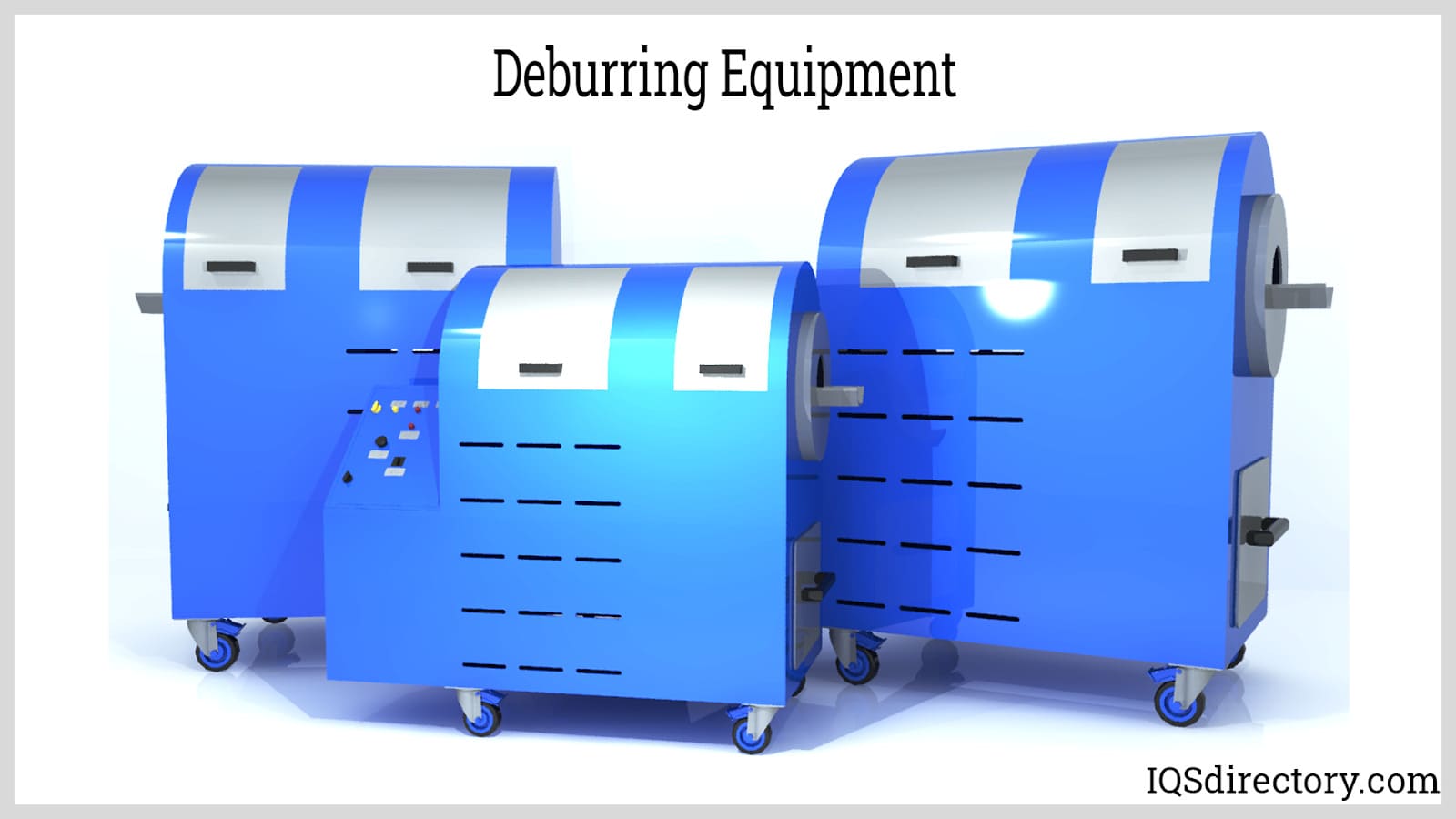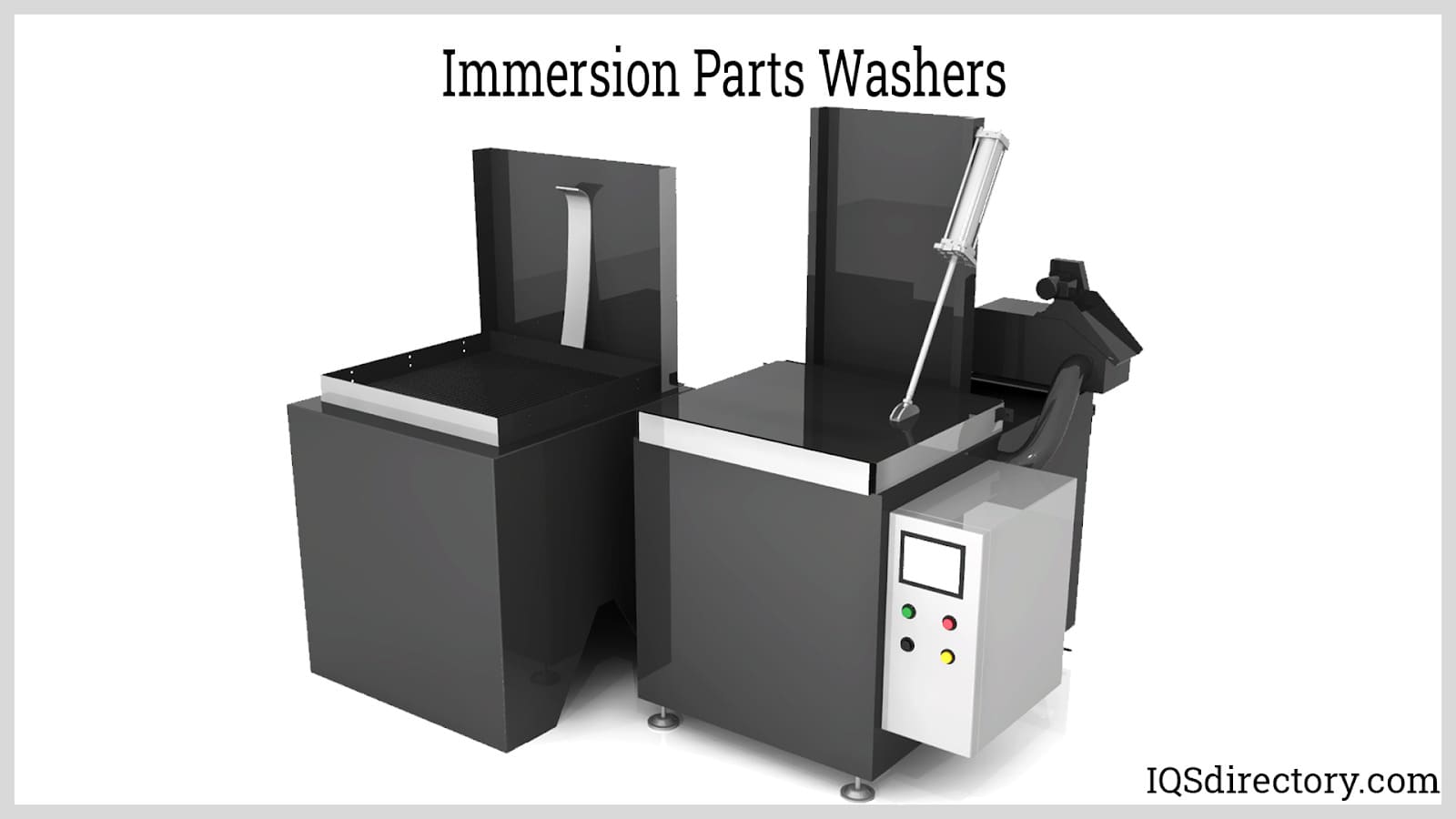Deburring media are substances used to remove burrs, or undesirable debris, from various parts. With many materials used for deburring, including carbon steel, glass, stainless steel, hardwood, aluminum oxide, silicon carbide, and more, deburring media can be either natural or synthetic. Read More…
Otec USA Inc. is a world-class supplier of mass finishing equipment and supplies. Our primary products include centrifugal disc, drag and stream finishing machines to meet all of your deburring, polishing, grinding and honing requirements.

Giant Finishing is a well-known manufacturer of deburring equipment and machinery, media and compounds, molding vibratory bowls, multi-stage washers and more. We have over 100 standard models to choose from, or we can custom-manufacture products to meet your needs! In business for two decades, we provide the mass-finishing industry with complete equipment solutions.

Great Lakes Finishing Equipment, Inc. is a leading supplier of the deburring equipment, machines, and supplies for all your mass finishing projects. This equipment includes continuous systems, vibratory bowls, tubs, and high energy centrifugal barrel machines. Let our deburring specialists work with you to find the best deburring machinery for your project.

At ESMA, Inc., we specialize in designing and manufacturing advanced deburring equipment that streamlines precision finishing across a wide range of industries. With decades of experience at the forefront of electropolishing and metal finishing technologies, we’ve developed solutions that eliminate manual labor, reduce cycle times, and deliver consistent, high-quality results.

More Deburring Media Manufacturers

Manufacturing of Deburring Media
Deburring media can be made in various methods, depending on the type of material. Ceramic deburring media is produced by taking raw ceramic materials and fine powders and adding other elements, such as silica and other abrasives, to increase specific features. Because of its high density, ceramic deburring media is the most abrasive type.
The material is then prepared for molding by adding water or another liquid ingredient. The ceramic material is then cut into the desired shapes, extruded, and sintered in an oven at a very high temperature. Hard metals like stainless steel and steel are ideally suited for deburring with ceramic deburring medium.
Much like ceramic deburring media, when polycarbonate deburring media is created from synthetic polymers, plastic resin is heated to a molten state before being extruded and cut into different forms. For deburring softer metals like brass and aluminum, plastic deburring medium work well.
However, the manufacturing of organic deburring media is very different from that of synthetic deburring media. For instance, a corn cob ring must first be treated and hardened before being ground into powder to create corn cob media. A similar procedure is used to create media made of walnut shells. The best organic deburring medium, as those used in industrial machining processes, call for the absorption of impurities, including oils, grease, and dirt.
Lifespan of Deburring Media
The size and aggressiveness of the deburring media have a significant impact on how quickly it wears out. The media, however, typically deteriorates gradually. As a general rule of thumb, the loss percentage of a certain media is 0.5% per 60 minutes of operation. The effectiveness of the deburring procedure is increased by wearing a deburring medium. However, when insertions happen, the media needs to be replaced because of a drastic size reduction.
Types Of Deburring Media
Ceramic Media
Ceramic deburring medium is most frequently used for bulk finishing. It works best with harder metals like titanium, stainless steel, and other aggressive metals. However, it can be used with practically any material, part geometry, or softer metal. Ceramic media is also referred to as a general-purpose media, meaning it may be used to deburr metal and plastic.

Ceramic tumbling media is created by combining silica, abrasives, and other minerals, which are then heated to a high temperature to create a durable, cement-like material. When more abrasives are used in the forming process before the fire, a ceramic media is denser, and vice versa.
Plastic Media
Plastic media works well for deburring metal that needs to be smoothed, burnished, polished, and deburred precisely or generally. It is ideal for fragile metallic materials like magnesium, zinc, brass, aluminum, and threaded materials because of its delicate nature. Plastic media is also used for deburring and descaling plastic parts. Therefore, it can also be used to tumble plastic components.
Organic Media
Corn cobs, walnut shells, and coconut shells are all examples of organic deburring media. Coconut and walnut shell tumbling media are the finest options for light-deburring applications. One can choose the walnut medium that is coarse or fine. Because of its porous qualities, corn cob is a good choice for polishing metal parts and removing surface grease. Organic materials are natural, biodegradable, eco-friendly, and long-lasting.
Stainless Steel Media
A steel deburring medium is an effective option for a wide range of finishing applications and material surfaces by applying pressure to the material's surface. With steel, it is easier to remove defects. Steel media is both affordable and time-efficient. This medium is offered in various sizes, alloys, and shapes (balls, balcones, oval balls, and diagonals) to accommodate various needs. Steel media is ideal for light-deburring applications due to its cleanliness and low attrition rate.

Applications of Deburring Media
Ceramics, synthetic polymers, and organic materials like walnut shells and corn cob media are the most often used materials for deburring media. Deburring media can range from soft to abrasive and large to fine particles. These materials are used in deburring equipment, including vibratory and parts tumblers.
Deburring media are used in a variety of industries, including electronics, where they are used to remove burrs from electrical components like computer chips, batteries, and electronic enclosures; commercial, where they are frequently used for jewelry polishing applications; and industrial manufacturing, where they are used for various machining processes like metal fabrication, plastic fabrication, welding, and engraving.
Advantages of Deburring Media
- Protection from infringements in parts
- Overall process improvement for deburring
- Surface enhancements for parts
- Effective deburring and edge rounding of parts
- Provides ongoing abrasion
- Separating pieces quickly
Choosing the Right Deburring Media Supplier
To make sure you have the most beneficial outcome when purchasing Deburring Media from a Deburring Media Supplier, it is important to compare at least 4 or 5 Companies using our list of Deburring Media suppliers. Each Deburring Media Supplier has a business profile page that highlights their areas of experience and capabilities and a contact form to directly communicate with the manufacturer for more information or request a quote. Review each Deburring Media business website using our patented website previewer to get an idea of what each company specializes in, and then use our simple RFQ form to contact multiple Deburring Media companies with the same quote.











 Deburring Machinery
Deburring Machinery Industrial Parts Washers
Industrial Parts Washers Sandblast Equipment
Sandblast Equipment Ultrasonic Cleaners
Ultrasonic Cleaners Castings & Forgings
Castings & Forgings Bulk Material Handling
Bulk Material Handling Electrical & Electronic Components
Electrical & Electronic Components Flow Instrumentation
Flow Instrumentation Hardware
Hardware Material Handling Equipment
Material Handling Equipment Metal Cutting Services
Metal Cutting Services Metal Forming Services
Metal Forming Services Metal Suppliers
Metal Suppliers Motion Control Products
Motion Control Products Plant & Facility Equipment
Plant & Facility Equipment Plant & Facility Supplies
Plant & Facility Supplies Plastic Molding Processes
Plastic Molding Processes Pumps & Valves
Pumps & Valves Recycling Equipment
Recycling Equipment Rubber Products & Services
Rubber Products & Services